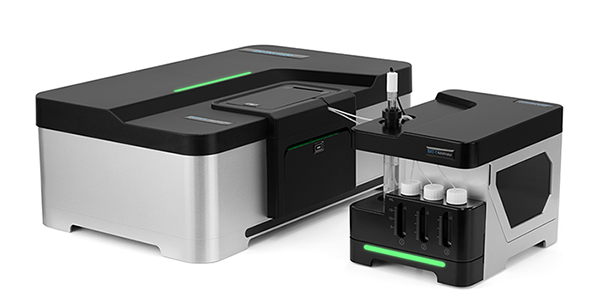A Practical Guide to Nanoparticle Characterization by Light Scattering Techniques
2023-01-16Guidebook

Nanoparticles or nanomaterials are of increasing importance due to their unique physical and chemical properties, including particle size, zeta potential, and molecular weight. It is crucial to properly characterize these properties for industrial and scientific applications.
Light scattering techniques, including dynamic light scattering (DLS), electrophoretic light scattering (ELS), and static light scattering (SLS), are widely-used and well-established methods for characterizing nanoparticles. However, the proper experimental use of these techniques can be challenging.
Whether you are a beginner or an experienced researcher, this guidebook aims to provide a practical, easy-to-read guide on the seemingly daunting topic of nanoparticle characterization by light scattering techniques, the theory behind the measurements and highlights practical considerations for carrying out measurements. Our goal is to equip readers with the necessary understanding to meet measurement requirements, and to come up with measurement solutions to reach the best practice in the characterization of nanoparticles.
Rate this article

